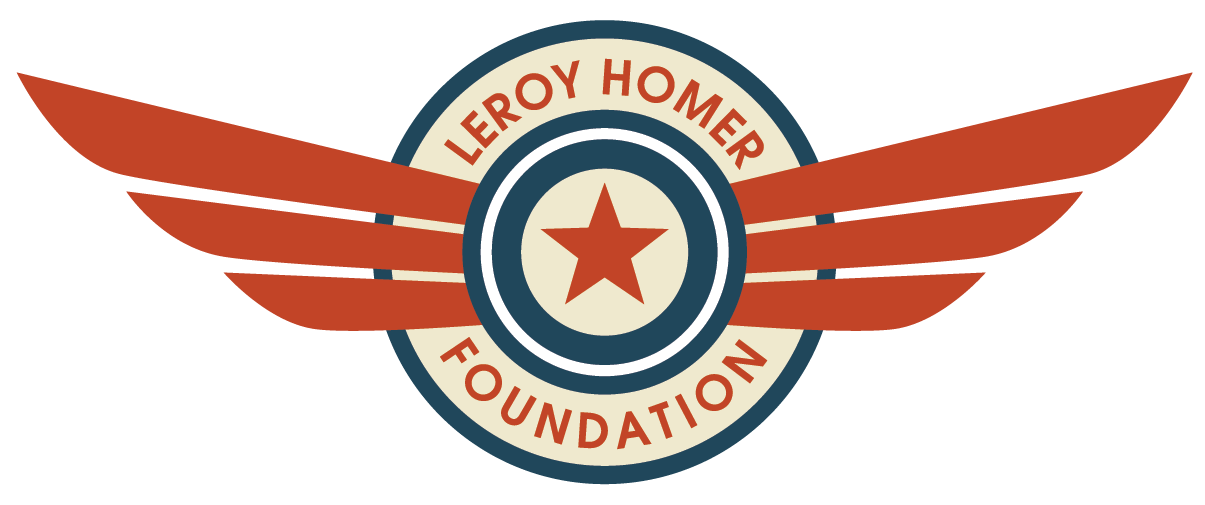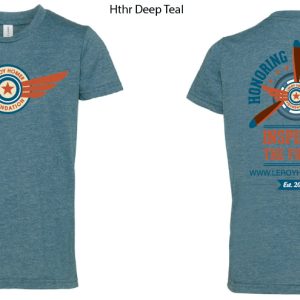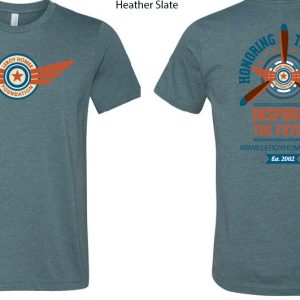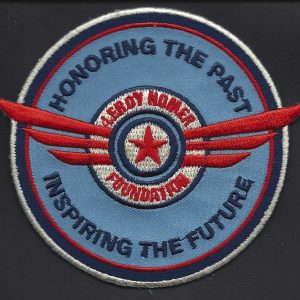UAV pilots? An oxymoron?
I think it’s reasonable to set a goal to have one-third of our deep strike tactical aircraft remotely piloted within 10 years, and to have one-third of our ground combat vehicles remotely operated perhaps in an equal number of years.
—Senator John Warner, R-VA
What do you think, are operators of unmanned aerial vehicles (UAV) pilots or not? And do you feel comfortable sharing your airspace with UAVs that are remotely operated? The US Air Force’s primary UAVs are the Predator and the Global Hawk. These aircraft are remotely operated by qualified pilots who once occupied manned-aircraft, normally pulled out of their primary airplane to do a 36-month tour in a UAV. The US Army, on the other hand, trains enlisted non-pilots to fly the Shadow, Hunter and Sky Warrior UAVs. Should the Air Force allow non-pilots to fly UAVs? Do you think that flying a UAV requires the same training and qualification as an FAA-certified pilot? Or is this just a video game which requires a minimal amount of exposure to the typical pilot training courses? Keep in mind that some UAVs, such as the Global Hawk, are controlled by a keyboard and don’t actually have a stick or yoke; its takeoff and landing phases are also completely automated. This ongoing debate is not only present in the military, but in the civilian sector. The MQ-1 Predator is 27 feet long and can cruise at 25,000 feet for more than 20 hours. With its ground control station, it costs $7.6 million. The Reaper is slightly different. It can cruise at 50,000 feet. It costs $13.4 million and unarmed versions (such as the CBP-104) now patrol U.S. borders. You may not have seen a UAV overhead yet, but more are flying with everyday. Capable of orbiting over an area for days instead of just hours, they are being implemented in law enforcement, hurricane hunting (NOAA’s Aerosonde) and fire-fighting (US forest service’s Predator B aka Altair).
On a different note, how do you feel about sharing your airspace with a UAV? Or having a UAV flying over your house? Currently, the operation of UAVs is tightly restricted in the US. They only operate in blocked-off zones known as restricted areas. Under certain conditions, government agencies can apply for a Certificate of Authorization for exceptions. Private operators can apply for Experimental Airworthiness Certificates which have similar restrictions. The FAA has been reluctant to make room for UAVs in the national airspace system. The main concern is midair collisions. Human pilots are required to see-and-avoid other aircraft in many cases, by using their eyeballs and looking out the window. However, I presume these small details will soon be worked out by technology. Simply using a special camera or radar would allow a UAV to identify nearby aircraft, and with better accuracy and confidence level than the human eye. Eventually, we’re left with the same question-do humans trust remotely operated aircraft? And do we trust non-pilots to fly them?
Sources: http://www.airforcetimes.com/news/2008/12/airforce_enlisted_uas3_122108/ http://www.uavm.com/uavregulatory/pilotcertificationandhumanfactors.html http://www.airpower.maxwell.af.mil/airchronicles/apj/apj05/spr05/hoffman.html
http://www.popularmechanics.com/science/air_space/4213464.html http://www.jetwhine.com/2009/03/uav-pilot-shortage-military-intelligence/





I think that given time, UAV’s will become a true form of helpflul technology in the near future. UAV’s realy are a new frontier in aviation and just like any other frontiers, we will have to conquer it and work out the imperfections of them. There is no doubt that the greatest debate today about UAV’s is air space and collision avoidance. Just as it has been stated in the your article, today’s technology will provide us with advanced methods of searching for, and avoiding other aircraft.